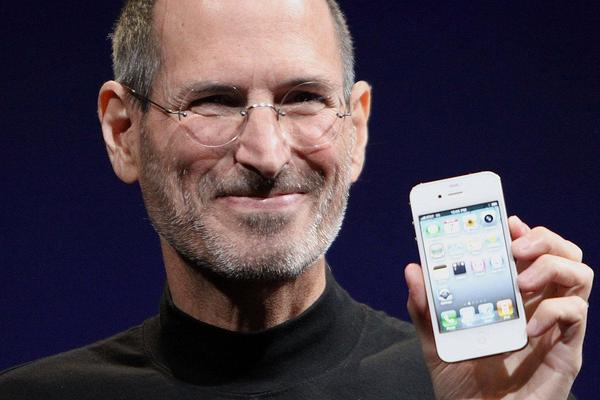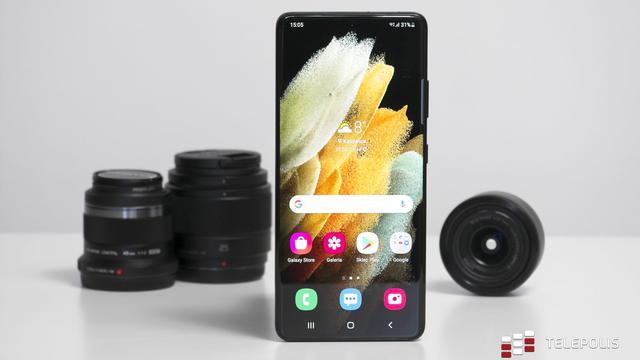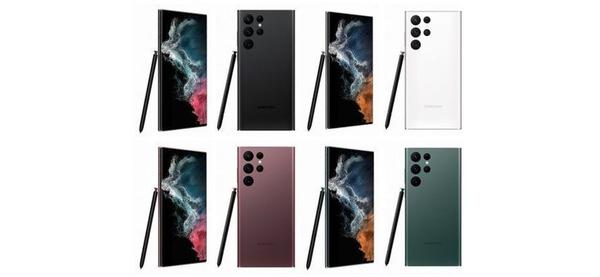A few years ago I was thinking of a text about smartphones used or used by famous personalities from the world of new technologies. I was wondering, among other things what phone was privately used by Steve Jobs before the first iPhone appeared. Most credible sources indicate none.
It quickly turned out that aversion to mobile phones is the common denominator of many high-ranking people. If you think about it that much, it makes sense.
When you make a billion dollars a year, a minute of your time is worth $1,900. Using it to browse Facebook or deal with hundreds of calls a day is not necessarily the best idea. In some positions, a landline phone and an assistant that filters calls, accepting only the most urgent ones, work best.
Anyway, Jobs did not hide his aversion to consumer electronics. While he tried to convince millions of people that the iPad was necessary for them to live, he himself did not allow his children to use it at all.
Unfortunately, it's often felt that people responsible for smartphones don't use them themselves
I remember the moment when Steve Jobs presented the first iPhone and demonstrated the function of changing the wallpaper. Although it seems absurd, initially the manufacturer provided for the possibility of displaying your photo only on the lock screen, not on the desktop.
This was not addressed until 3 years later with iOS 4, which was the first release to allow you to change the desktop background. It's hard to justify it with anything other than the fact that every idea had to be accepted by a man who didn't use smartphones himself.

Jobs may have been an excellent strategist, basing his decisions on in-depth analysis of consumer needs, but it often felt like he was missing out on a lot of things through sheer inexperience. This applies not only to Jobs and not only to Apple. Although after a company that releases only a few phones a year, in the meantime not allowing itself to experiment, it is probably the most visible.
Smartphones often lack a human element
Apple is known for its good sense of consumer needs, but personally I've always felt that its approach to device creation is very artisanal. It is as if a robot were responsible for the products, which has dry data on the preferences of potential customers, but is unable to understand the complexity of human nature. It's hard to explain otherwise:
And such examples can be multiplied indefinitely.
Of course, not only Apple has such anti-human solutions
I can't get over the fact that most smartphones have a multimedia speaker located on the bottom edge of the housing. I see two possibilities: either someone hates people very much and wants them to block the sound when holding the smartphone horizontally, or someone has never used the phone he designed outside the laboratory and did not foresee such ergonomic problems at all.
And why is glass one of the most popular materials used in the production of housings? Can you imagine that such an idea is applauded by a CEO who knows from experience how much phones are dropable items?
And these are only highly popularized solutions. In fact, whenever I pick up a new phone, I just can't believe that before launching it, someone decisive took it home, used it for a month and said "everything is OK".
The Chinese are probably on the best way to change this state of affairs
In the Xiaomi Mi 11 test, I wrote that it is the most pleasant smartphone I have ever dealt with. Although this phone is not free from the defects mentioned earlier (glass and speaker at the bottom) and optimization (MIUI 12 has a lot of bugs), at least I felt that behind the individual ideas is someone who uses the phone every day.
I had a similar experience with OnePlus 9 Pro. This one also has a long list of shortcomings, but between all of them you can feel such a hard-to-define human element that makes this phone simply good to use.
It's funny because Chinese manufacturers starting their expansion into other markets often emphasize how big a stumbling block cultural differences are for them, which make it difficult for them to understand the needs of Western consumers. And yet, sometimes I feel like they understand them better than anyone else because of their different approach to consumer electronics design.
See also:


